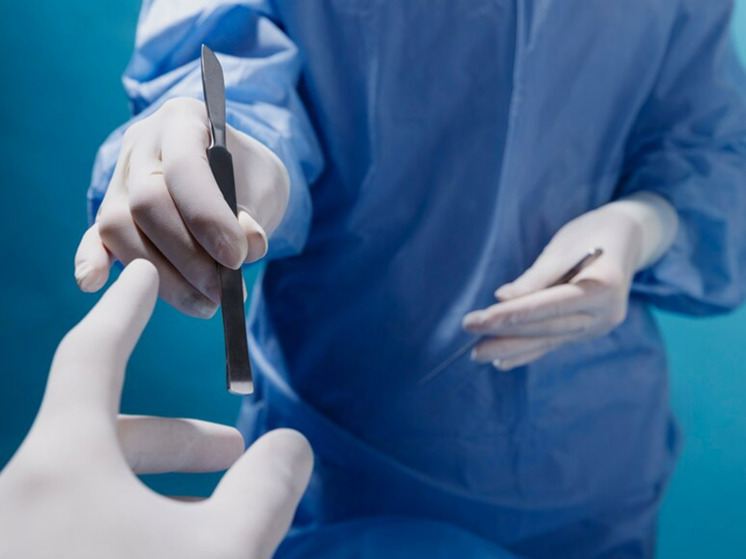Extraordinary ancient brains become an archive for studying disease
Pathologist Alexandra Morton-Hayward became interested in brains — particularly how they decompose — during her former work. During her scientific work, the woman discovered that ancient preserved brains could provide clues to the mysteries of the emergence of mental congenital and acquired diseases.

Forensic anthropologist Alexandra Morton-Hayward has found that brains, although not as often found intact as bones, are surprisingly well preserved in archaeological materials. To understand why, the scientist collected a unique archive of information about 4,405 brains discovered by archaeologists. Brains have been discovered in the peat bogs of northern Europe, on the peaks of the Andes, in shipwrecks, in desert tombs and Victorian almshouses. The earliest organs discovered were 12 thousand years old.
“I worked with the dead for many years. My own experience is that the brain liquefies quite quickly post-mortem,” she explains. “So it was a real shock to me when I came across a scientific article that mentioned a 2,500-year-old brain.”
Morton-Hayward is primarily working to understand how these brains survive damage. time, using at least four conservation mechanisms.
“This database will allow scientists to study brain tissue from ancient times and determine whether diseases known today were also common many years ago in civilizations completely different from the ones we live in today,” said pathologist Martin Wierenfeldt Nielsen. , in charge of the medical brain collection of the University of Southern Denmark.
Studying brain tissue that has not been exposed to the environment and stimuli in modern society could help understand whether some of the brain diseases that people experience may be, at least in part, caused by the way humanity lives now.
Morton-Hayward studied scientific literature going back three centuries and interviewed historians and archaeologists to compile a catalog of brains. However, not all relevant physical samples are still available for study. According to the anthropologist, the oldest were two 12,000-year-old brains discovered in Russia in the 1920s. It's unclear what happened to the brains, she added.
Morton-Hayward works in a laboratory in Oxford, where she has helped assemble a collection of 570 ancient brains. They are stored in refrigerators in jars and plastic take-out containers because they have secure lids. The oldest specimen in the lab is an 8,000-year-old brain from a Swedish man who was impaled before being buried at the bottom of a lake.
Morton-Hayward and her colleagues identified four ways in which brains that are typically bleached and shriveled are preserved—factors often related to the climate or environment in which they were found. The results were published in the journal Proceedings of the Royal Society B Biological Sciences.
The dry, hot conditions dehydrated the brain in a way that mimicked the deliberate embalming of mummies, while in the acidic peat bogs the body was essentially tanned like skin. In cold places, the brain was frozen, while in some cases the fats contained in the brain were turned into «grave wax» — a process known as saponification.
However, in approximately 1,328 cases, the brain survived in the absence of other soft tissue, raising questions about why this organ can survive while others decay.
“We have this fifth mechanism that, like we speculate may be a form of molecular cross-linking, perhaps stimulated by the presence of metals such as iron,” she reports, referring to the possibility that proteins and lipids in the brain fuse in the presence of elements such as iron or copper, allowing the brain to collapse.
Researchers do not believe that the protective lining of the skull is behind the preservation of the brain in the absence of other soft tissue, since preserved brains have been found in skulls damaged by trauma or the fossilization process, the study says.
“Central Nervous System Tissues” extremely fragile and vulnerable, and the discovery that brain tissue was preserved for so many years is extraordinary,” said Martin Wierenfeldt Nielsen.
If successfully extracted, DNA could potentially reveal what molecular information extracted from bones and teeth cannot, Morton-Hayward said.
“The brain is the most metabolically active organ in the human body. It makes up 2 percent of our body weight, but consumes 20 percent of our energy while constantly performing activities. It is an incredibly complex organ and therefore has a truly unusual biomolecular composition. So the amount of information is much greater from the very beginning,” she explains. “Ancient DNA might be really well preserved in these brains because of the way that at least the unknown brain type appears to be preserved.” The anthropologist added that “genomes are compacted, compressed and displace water. And this forms a kind of closed system that could theoretically protect high-quality, high-yield DNA.”
One of the brains she documented reportedly belonged to a Polish saint. The other was a victim of Inca sacrifice.


























































Свежие комментарии